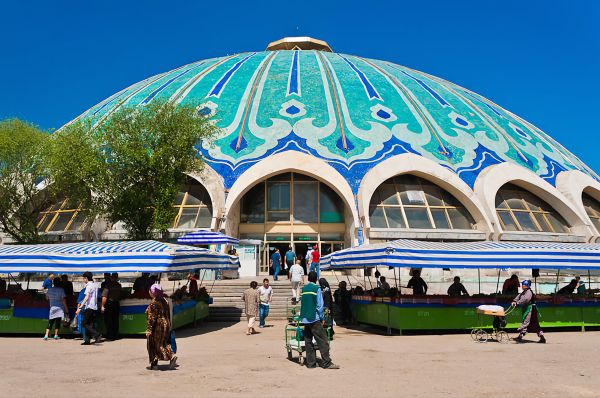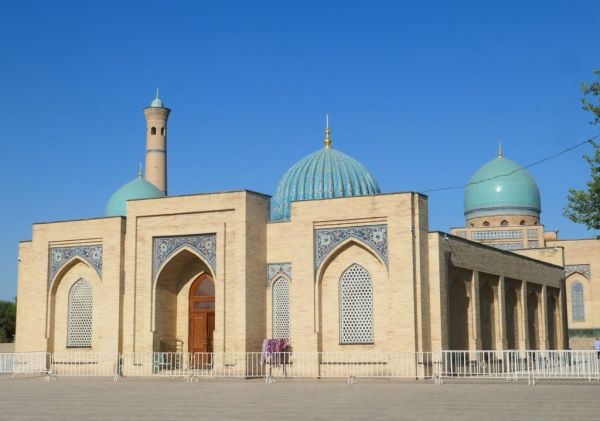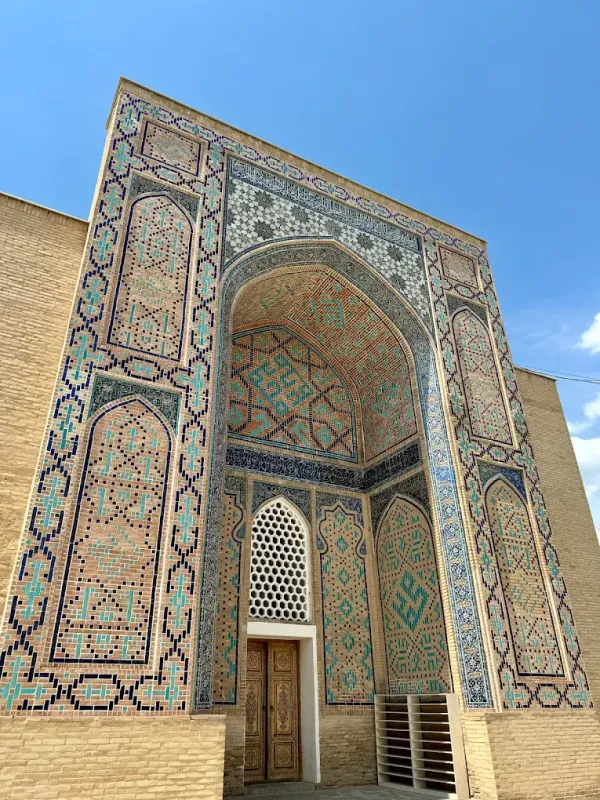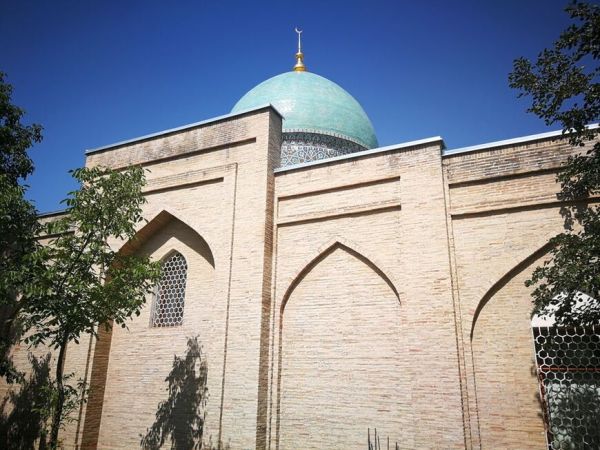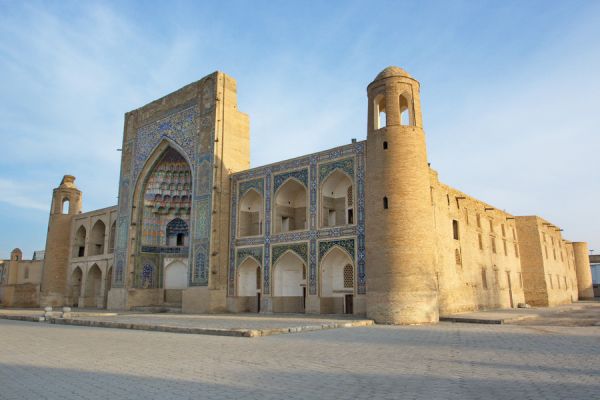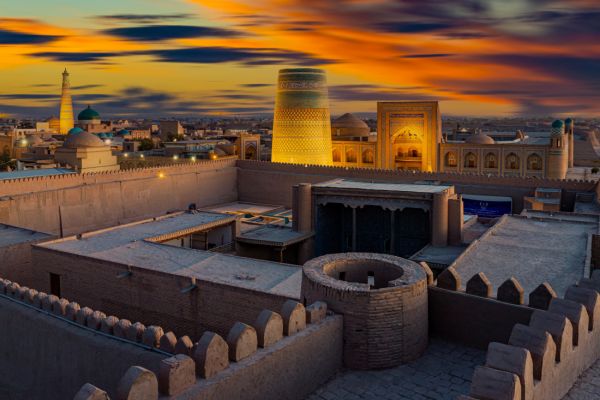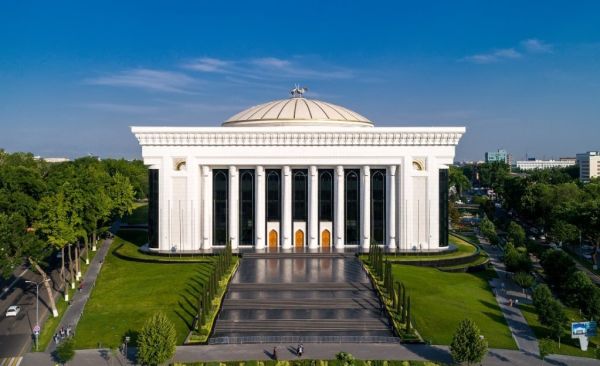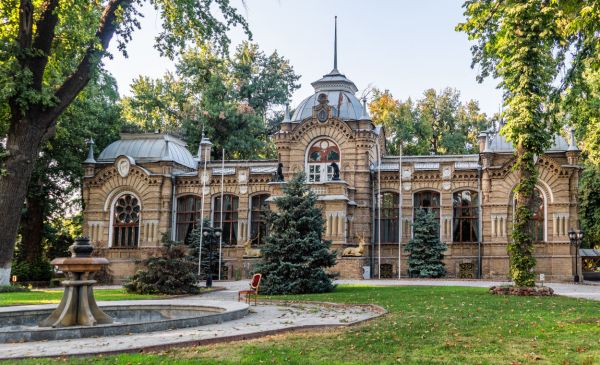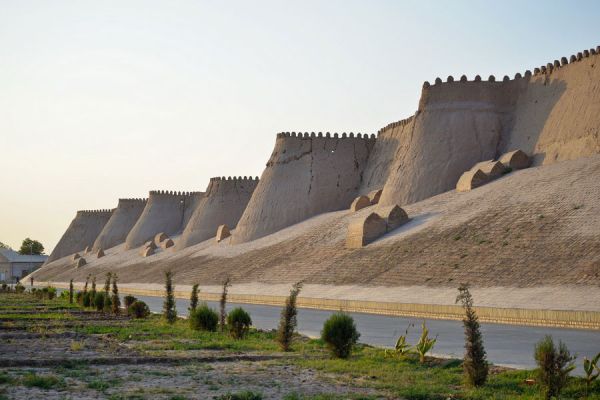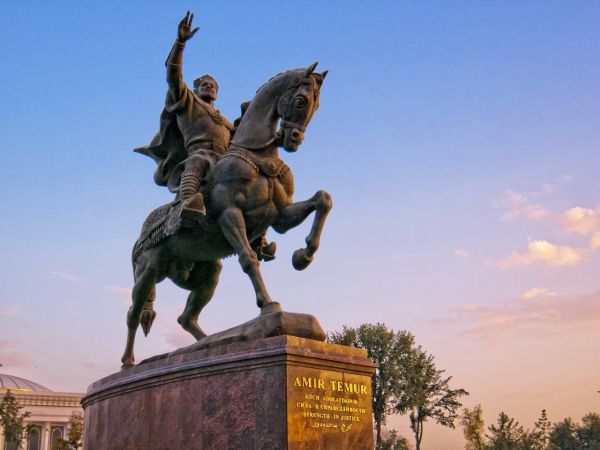Old Tashkent
Tashkent is not only the capital of Uzbekistan, but also one of the ancient cities of Central Asia. As in all ancient cities, Tashkent has preserved the old part of the city, which is called the Old City. Residential buildings built at the end of the 19th century can still be found here. There are also medieval architectural monuments on the territory of the Old City, such as the Kukeldash madrasah, some of the buildings of the Khast Imam complex.
This is the historical northwestern part of Tashkent, where the city was located before the formation of the Turkestan General Government (1865). The name "Old Town" originated during the period of tsarist colonialism, after the Russian administration began the construction of a new city. The Anchor Canal became the unspoken border between the Old and the New City.
Most of the architectural monuments in the Old Town belong to the second half of the XV - early XVI centuries. This was the period when the Sheibanids ruled in Central Asia. After Tashkent joined the Kokand Khanate, the city was surrounded by a moat and a 20 km long adobe battlement with 12 gates. Unfortunately, both the wall and the gates of the city have not been preserved to this day.
Today, the most picturesque places of the Old Town are located in the area of Chorsu market and Sebzar massif. The Hast Imam complex is considered to be the pearl of the modern Old City. It is a square on which the Mausoleum of the Holy Imam Kaffal Shashi is located, after whom the complex, the Islamic Institute named after him, was named. Imam al-Bukhari and the building of the Spiritual Administration of Muslims of Uzbekistan. The new Friday Jami Mosque occupies the central place on the square. On both sides of the mosque there are two minarets, each 56 meters high. Opposite the mosque is the library of the Spiritual Administration, which houses one of the most revered and sacred relics of the entire Muslim world – the Quran of Caliph Osman (VII century).
Of particular note is the Mausoleum of Kaffal Shashi, who lived at the beginning of the 10th century. Kaffal Shashi was considered one of the most enlightened people of his time, and in his youth he studied at the most famous madrasas in Bukhara and Samarkand. Kaffal Shashi performed the Hajj to Mecca, and after returning to his homeland in Tashkent, he began to actively spread Islam and Sharia law, for which he received the title of Great Imam. After his death in 976, his grave became a place of Muslim pilgrimage. Under the Sheibanids, a mausoleum was built over the grave in 1541. Thousands of pilgrims still come to the mausoleum for a blessing.
One of the oldest residential areas of Tashkent is located directly next to the Khast Imam complex. It extends to the Chorsu market, which is also one of the oldest bazaars in Tashkent. On the square in front of the main entrance to the market is the largest of Tashkent's seventeen madrasahs, the Kukeldash Madrasah. It was built in the 16th century by order of the khokim (ruler) of Tashkent– Dervish Khan, nicknamed Kukeldash. To this day, it is an active madrasah.
Another architectural monument of the Old City is the Khoja Ahrar Wali Juma Mosque (the main Friday mosque of the city), located near the Chorsu Bazaar.
The Old City is not just one of the districts of Tashkent, it is a unique monument where every street and every building has its own history.
